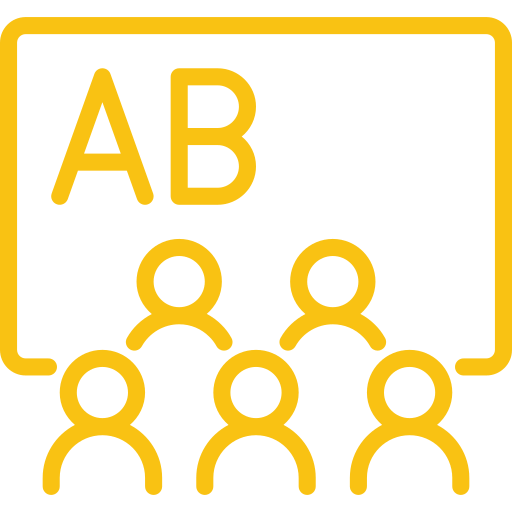As we wait to see what school will look like in the fall, many teachers are planning ahead to support students’ eventual return to the classroom. This includes a renewed focus on building students’ sense of safety and community. Child psychologists are encouraging teachers and administrators to prioritize students’ social and emotional well-being in school because many children who have already been profoundly impacted by the pandemic will experience new fears and anxieties as they return to school.
Younger students may face special challenges. Unlike older children, young children cannot always express when they feel afraid, overwhelmed, or helpless. They may also feel less in control of their emotions. In these situations, students can become more physically challenging as they express themselves by running, hiding, pushing, or grabbing others. In these moments, it is important to show patience while helping them recognize and manage their feelings.
Classroom teachers can also help students feel safe, secure, and nurtured by implementing trauma-sensitive strategies that support all learners. In this way, they are sure to reach even their most vulnerable students. Take a look at a few proactive steps we can take to support all children.
Build a Safe Learning Environment
When young children experience stress or trauma, their first response is to look for reassurance from their caregivers. When teachers greet students warmly, praise them generously, and provide consistent routines, children learn to trust their caregivers and their environment. One easy way to help students feel a greater sense of security is to use students’ artwork or photos to decorate your room on the first day of school. Seeing their work on the wall helps children see the room as theirs and feel a sense of connection and belonging.
Help Students Learn to Understand and Regulate Their Emotions
Teachers already understand the importance of helping students manage their emotions and empathize with others. These skills are even more important for students impacted by fear or trauma who may experience greater stress, anger, or sadness.
Consider these strategies from author Jenna Blimes to help children learn and practice self-regulation:
- Teach students about emotions: Help students build and use a wide emotional vocabulary. When discussing how students feel, try to use words that are outside of the typical “happy,” “sad” or “angry,” such as “confused,” “generous,” or “impatient.” At the same time, avoid judging how a student is feeling. Instead, name and validate all emotions because students need to learn to recognize and manage all types of feelings as they grow.
- Encourage children to recognize that all feelings change: Children need to know that feelings are not permanent, and they change over time. For example, “we are very frustrated right now, but we can calm down and fix this.” When students become aware of how their emotions change throughout the day, they have an easier time thinking about what causes those changes.
- Help children recognize their emotional triggers: Many young students feel their emotions (and their reactions to them) are beyond their control. We can empower children to self-regulate by teaching them about cause and effect: Once students understand that certain events trigger specific emotions, they can learn to manage their emotions in more positive ways (such as deep breathing, counting, etc.).
Creative classroom activities can also support self-regulation. Try pairing a great story with games or discussions. The activities below work great with the book My Many Colored Days by Dr. Seuss. With vibrant colors and a variety of animals, this unique book covers a wide variety of emotions and moods!
- While reading the book, ask students to think about why the animals may be feeling that way: “Look at her face. How can you tell she is feeling _____? Why might she feel this way?” Encourage students to make predictions: “What should she do now? What might happen next?”
- Let children share what colored day they like best or how they feel that day. You can also have students look around your room for animals or toys of different colors, and then talk about how that animal or toy may be feeling.
- Call on students to act out what a specific emotion looks like or feels like to them. Discuss different ways students can positively express or share this emotion with you in class. In addition, encourage students to share activities that help them feel happy, calm, etc.
- Gather some art materials and let students draw the colors they are feeling. Walk around and write down what they say on their paper. Display these in the classroom under a banner with the words “Our Many Colored Days!”
Looking Ahead
Even though we may still be waiting to hear our schools’ plans for the fall, we can use our time now to think about activities and strategies that will reduce students’ fears and reintroduce them to the safety and security of our learning communities. Focusing on our students’ well-being can also help us feel less anxious and more prepared to return, too.





















